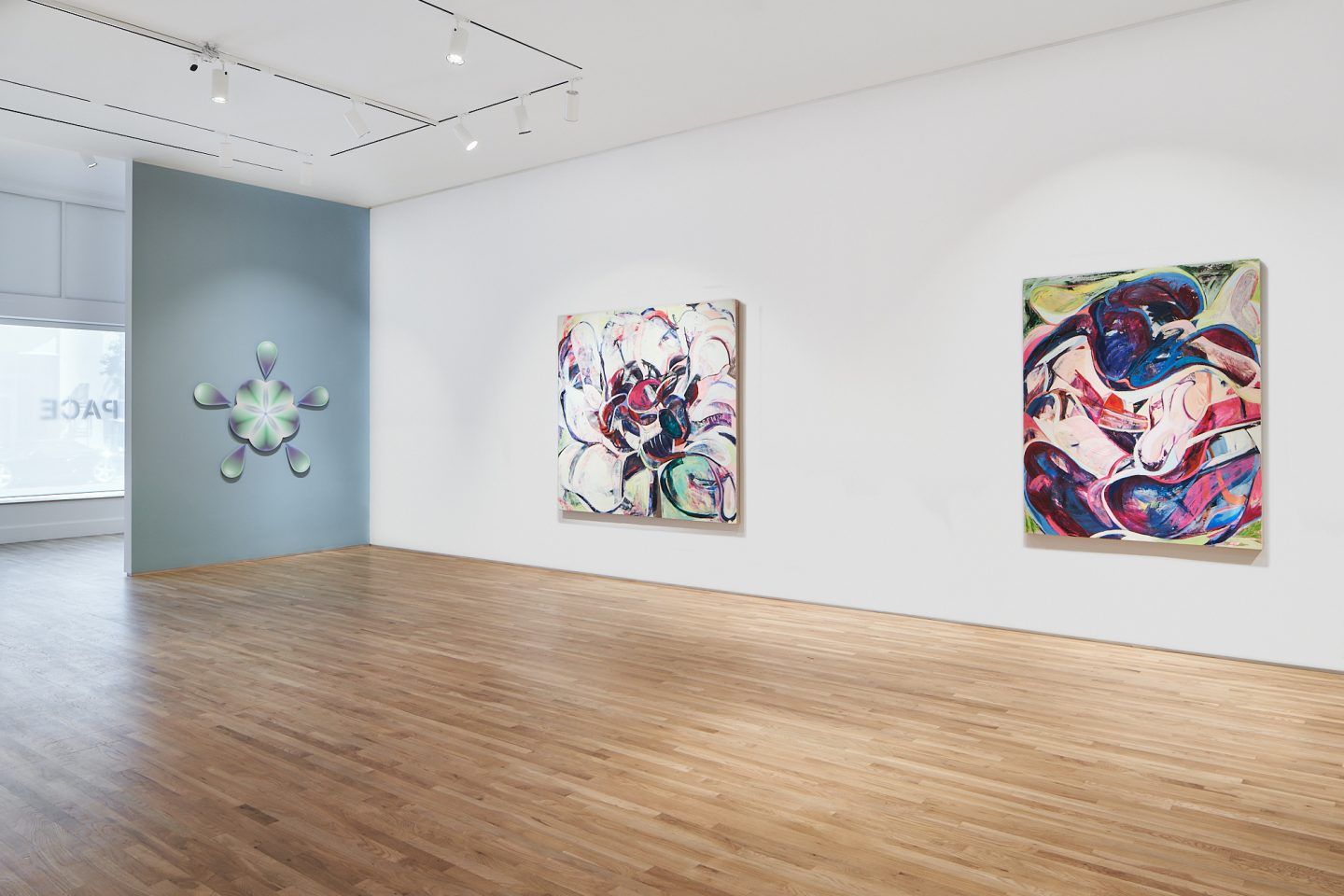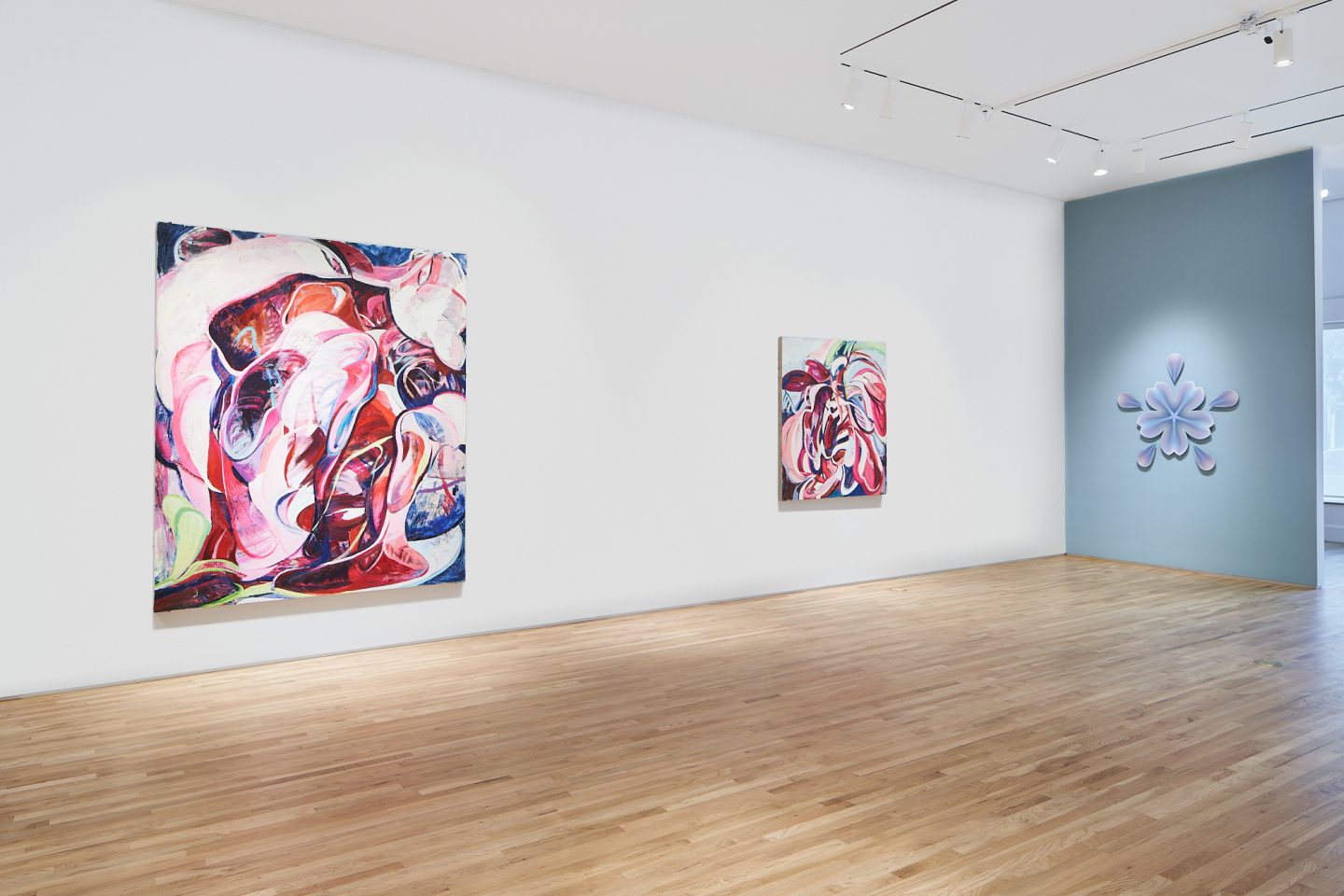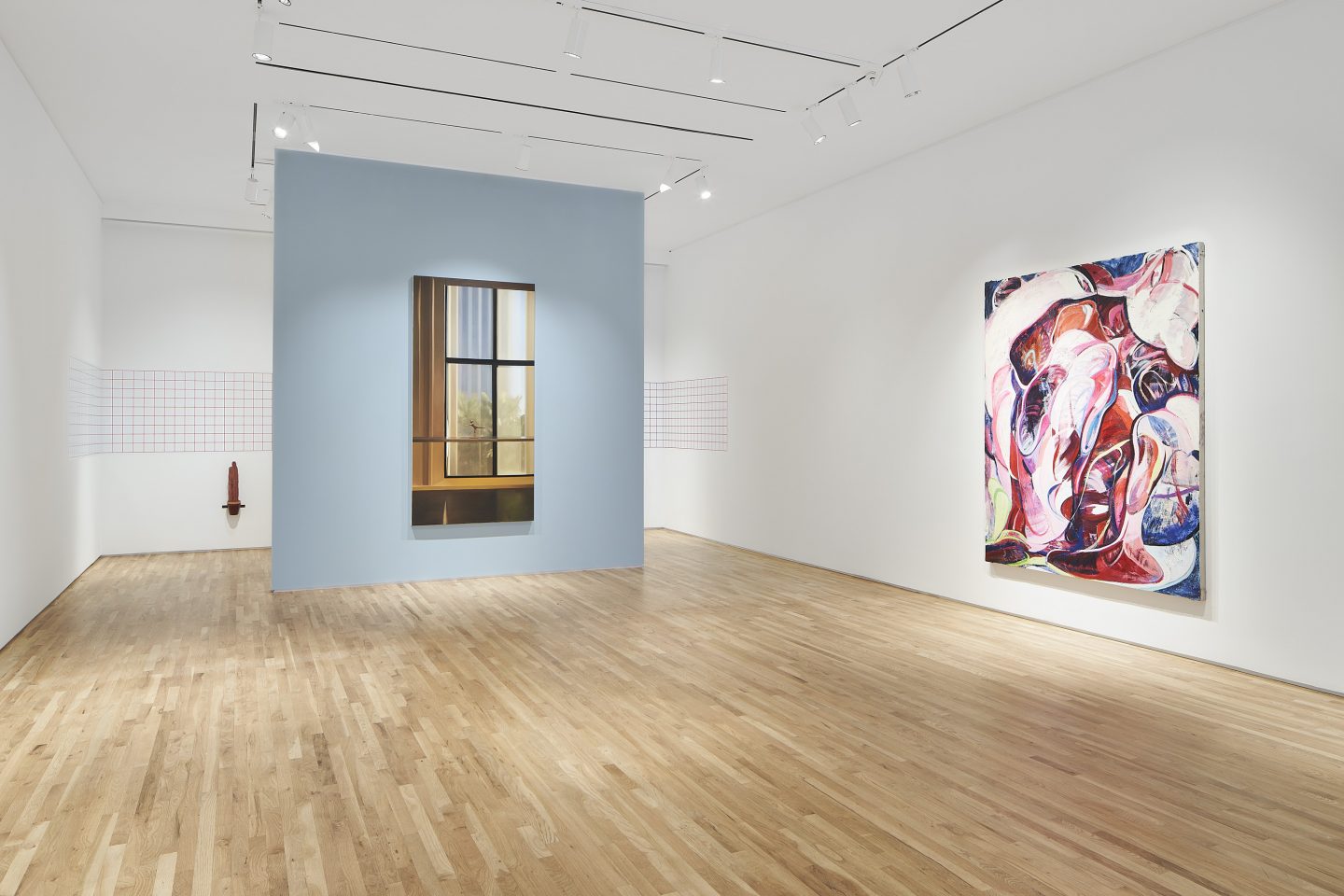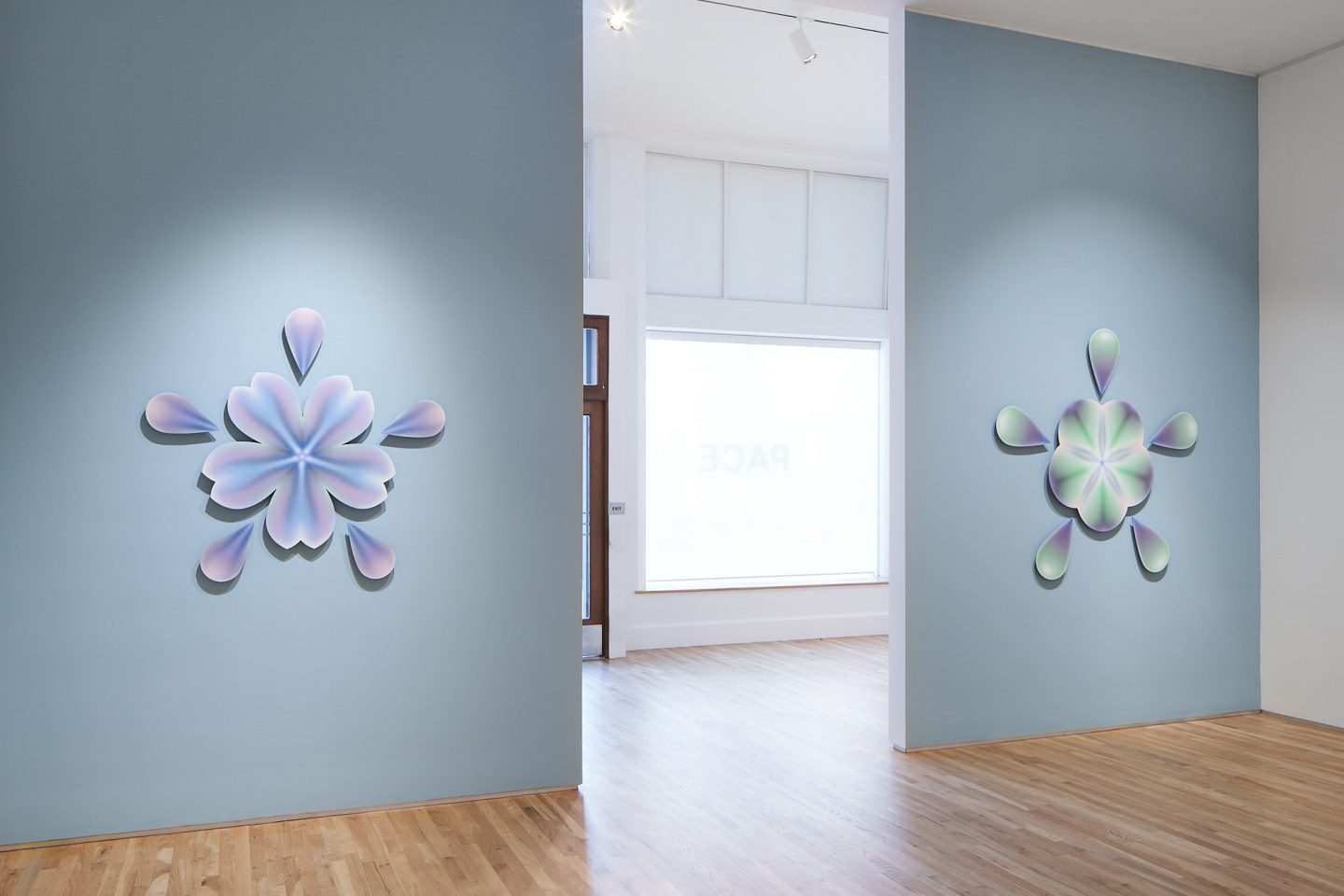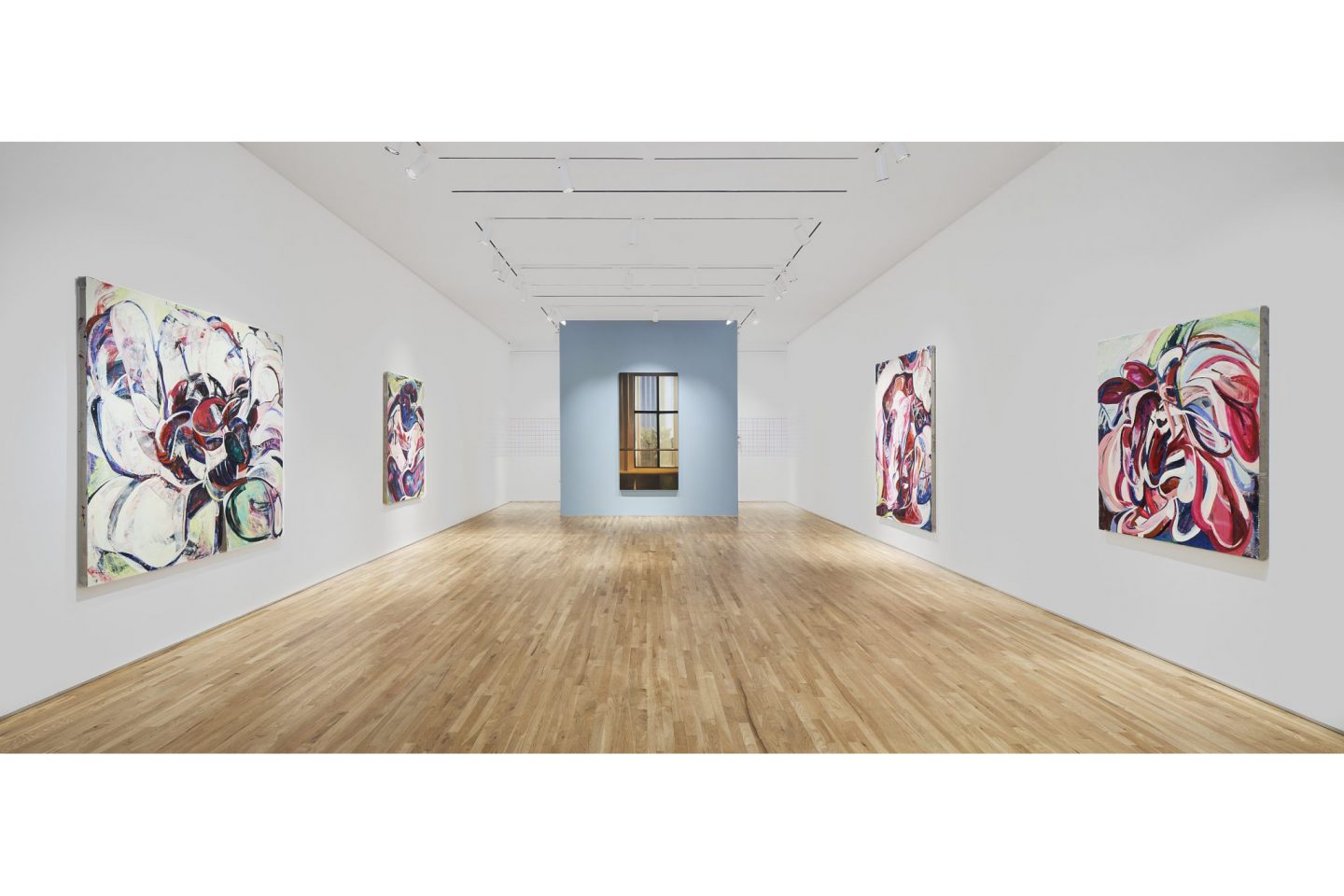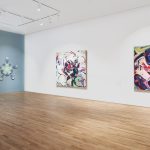
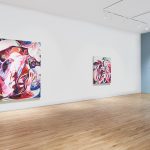

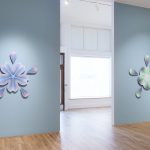
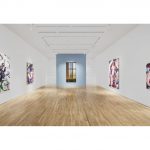
Curated by Michael Xufu Huang
Jul 14-Aug 21, 2021
229 Hamilton Avenue
Palo Alto
Pace Gallery is pleased to present Metal, Wood, Water, Fire, and Earth—a group exhibition curated by art patron and founder of Beijing’s X Museum Michael Xufu Huang—which features the work of five leading young contemporary women artists from China. This collaborative presentation continues Pace’s mission of cultivating and supporting artists within a global context, offering a platform to highlight the compelling visual achievements of a new younger generation of artists working in Asia today, and reinforcing the gallery’s commitment to the region, where it operates a gallery in Hong Kong, a viewing room in Beijing, and a new, larger gallery space in Seoul which opened in May 2021.
The premise of the exhibition was conceived by Huang and aligns the individual practice of each artist with one of the Five Elements, an important theory in ancient Chinese philosophy that emphasizes the idea of “wholeness” and illustrates the interconnected relationships between the phenomena of the natural world: metal, wood, water, fire, and earth. The exhibition will feature over 20 works, including painting, works on paper, and sculpture by Cui Jie, Yang Bodu, Li Shurui, Zhang Zipiao, and Zhang Ruyi. Metal, Wood, Water, Fire, and Earth will be on view at Pace’s Palo Alto gallery location from July 14 – August 21, 2021.
The concept of the Five Elements is recorded in the Hong Fan, part of the Shang Shu—one of the oldest surviving texts in Chinese culture and one of the Five Classics of ancient Chinese literature—and was first introduced by Ji Zi to King Wu of Zhou: “(The nature of) water is to soak and descend; of fire, to blaze and ascend; of wood, to be crooked and straight; of metal, to yield and change; while (that of) earth is seen in seed-sowing and in-gathering. That which soaks and descends becomes salt; that which blazes and ascends becomes bitter; that which is crooked and straight becomes sour; that which yields and changes becomes acrid; and from seed-sowing and in-gathering comes sweetness.”
Huang’s curatorial premise proposes that the Five Elements, respectively, represent the five young artists and uses the philosophical concept as a lens to interpret their innovative and distinct aesthetic styles: Cui (“Metal”), Yang (“Wood), Li (“Water”), Zhang Zipiao (“Fire”), and Zhang Ruyi (“Earth”).
Cui is known for her paintings that capture the different architectural styles of the rapid urbanization of China’s built environments, continuously shifting and transforming in a process of modernization and innovation. Her interest in the history of architecture and the structures of modernism resonate in her work. In Swan Swirl Chair #2 (2020), Cui references the Danish architect Arne Jacobsen, who designed the Swan Chair in 1956 for the SAS Royal Hotel. Set against a pink and black ground, the mid-century chair intersects with a swirling, futuristic cosmic steel sculpture.
Yang’s work explores the interaction between spaces. The subject of her painting is often museums or art galleries, and the relationships that exist between the artwork and the audience within them. In Legend of the Mountain (2021) or In the Museum 2021 May (2021), Yang creates imagined environments and isolated spaces, fabricated from memories that are at once familiar and trigger the unconscious mind. Her luminous, wistful atmospheres stretch out like trees: pensive, expansive, and still, and the spaces she creates explore the subtlety and tension between looking and being.
Li’s work examines the dynamics of light and color, and the meaning behind these terms, exploring the multifaceted ideas they signify within a cultural and political context. Making Up for Lost Spring No. 49 (2021) features a canvas in the form of a flower, painted in luminescent shades of green and purple. Similarly, Making Up for Lost Spring No. 50 (2021) features a diagonal gradation of hues in soft purple and blue, exemplifying the artist’s ongoing exploration of color systems. Employing a highly personal and creative approach, Li’s practice harnesses a fluidity, like a stream of water that immerses and engages the viewer in the emotive impressions that her work leaves behind.
A highlight of the exhibition are Zhang Zipiao’s paintings, which are influenced by the culture of social media and employ bold, gestural brushstrokes to create flaming, full-bodied, and rich images charged with emotion. The budding blooms of Zhang’s large-scale Peony paintings (2020-21) are vibrant and lush. Deep magenta meets translucent layers of bubblegum pink, mesmerizing neon green strokes, and wisps of violet that fade to black. Her flowers are palpable and evoke physical bodily sensations such as organs and flesh. Her brush challenges the organic shape of her forms, which teeter on the brink between vulnerability and violence.
Lastly, Zhang Ruyi’s conceptual practice is rooted in the everyday and employs the mundane and the trivial to explore a tension between nature and urban development, architecture and technology, the individual and industrialized society. Her sculptures of potted plants and planters use concrete, a construction material, which she casts into pigmented forms, such as cacti in earthen hues of red, blue, and gray. In her mixed media works, the artist arranges the basic shapes of circles, triangles, or squares in intentional ways to manifest a sophisticated rationality as solid and as calm as the earth.
